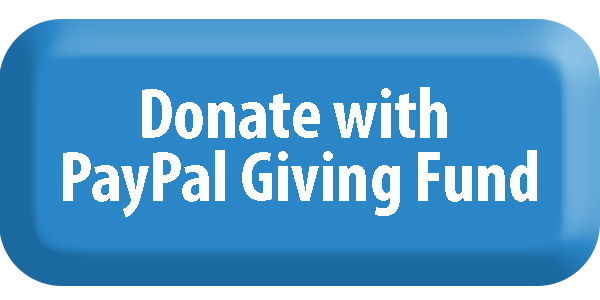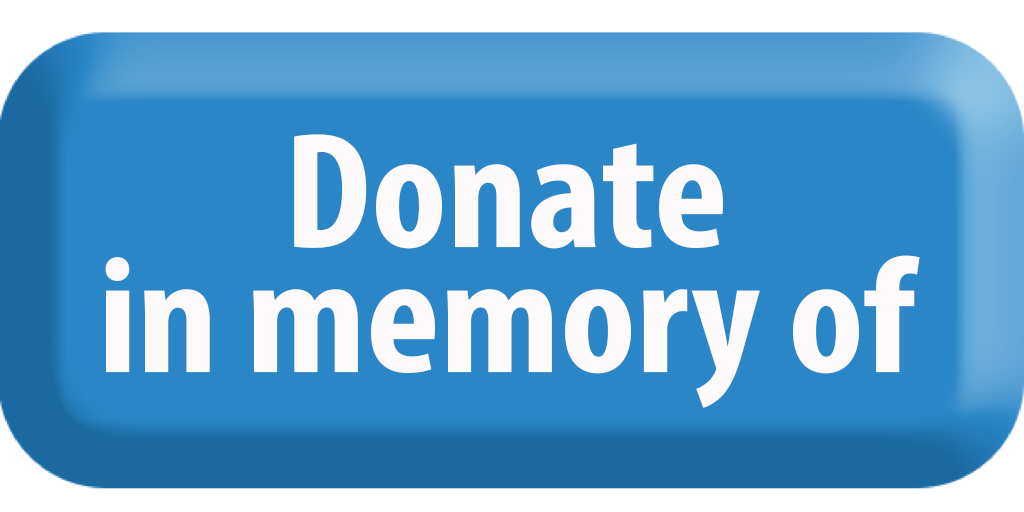Dear Hope Nation,
I have a lot of wishes.
I wish I were five inches taller—making me 5’7”.
I wish I looked more like John Cusack and less like Jon Cryar (the dorky brother on “Two-and-a-Half Men.”)

I wish I were younger, faster, stronger, more dripping with charisma, etc., etc., etc.
Today, most of all, I wish the Hope building weren’t closed right now—or ever. Oh, concerns about COVID transmission have made this the wise and safe decision. Still . . . I wish it weren’t so.
It’s snowing as I write this at my log cabin home, powder hushing all the sound as I sit on the porch not listening to the flakes, I am a lucky man and I know it. That luck, though, has grown directly and straightforwardly from actions I took a bit more than 13 years ago, actions in which I did not fully believe and in many cases thought were, to put it mildly, horse manure. Those actions included listening to the advice of people who were further along the path of recovery. That advice prevented plenty of wasted time and, most probably, a series of recurrences or relapses.
In the early days of airplane flight, getting out of a tailspin was viewed as impossible. Pilots, based on their training and experience, pulled back on the throttle, hoping to slow the descent, but this only made the tailspin worse. The pilot whose plane started that corkscrew motion toward the earth had nothing to do but hope his death would come quickly, that perhaps his propellor would dig a bed in which he would take his eternal dirt nap.
This universal death principle held until 1912, when RAF Lieutenant Wilfred Parke went into a tailspin at about 700 feet. Flying near Stonehenge in England, Parke first pulled back on the stick, which did not stop his death spiral. He then did something completely counterintuitive, perhaps because he wanted his certain death to come a bit sooner. Parke pushed forward on the throttle, directing more thrust toward the earth. Miraculously, Parke came out of the tailspin 50 feet above the ground. He was the first known person to escape a tailspin. His actions are still the only way to bring a plane out of a tailspin.
This story encapsulates my first months in recovery, when my coach/mentor/sponsor/call-him-what-you-will suggested I take actions which were completely counterintuitive to my understanding of my case. As an example,I was not then (nor am I today) an orthodox believer of any kind. I do have a Higher Power, but not a personal God, a creator of the universe who is outside of time and cares about every individual human, bird or, one supposes, earthworm. My guide knew and accepted this, so when I talked with him about my desire, my thirst, my obsession to drink, his suggestion floored me.
“Get down on your knees and ask a Higher Power to take away the obsession to drink.”
“But I don’t believe in God,” I said. “I thought you wanted me to always be honest.”
“I’m not telling you what to believe,” he said. “I’m suggesting what you should do. Get down on you knees and ask a Higher Power to take away the obsession to drink.”
“Yeah, but . . . “ I trailed off, a common ending to those conversations.
That day, I went back to the homeless shelter I called home and “got down on my knees and asked a Higher Power to take away the obsession to drink.” That asking, as I recall, went something like this:
“Okay God, you know I don’t believe you’re there, don’t believe what I’m doing is going to have any effect. Still, I said I’d do this, so please take away my obsession to drink.” Period.
I can’t explain how or why, but from that day in July 2007 I have not felt the overwhelming thirst I thought was going to be my companion in recovery. Are there times I’ve thought about drinking or using? Sure. But never with the overwhelming focus and force I did before taking that action in which I didn’t believe solely because it was suggested by a person in whom I did believe.
Going back to my wish, my desire that the Hope building not be closed. It doesn’t arise because of my pleasure in spending time with each of you, although that pleasure is there. My wish’s source isn’t my desire to see folks laughing and painting and laughing and crying and laughing, although of course that’s a part of it.
I wish the Hope building were open because it would offer the hundreds of folks in early recovery a chance to get suggestions (that may sound crazy) on how to get through early recovery and how to stay on the path of health going forward. I implore, I beg, I beseech, I (insert here your choice of verbs that get people to take action) you to take advantage of the support that is available:
–Call a Hope staff member, even me, for help and conversation. Everyone’s cell number is available on our web site (hopefornhrecovery.org)
–Attend Zoom meetings whether local or national. Both are listed on that same web site under “Find a meeting”
–Build up and use a list of members of your personal support folks—people you went through rehab or IOP with, folks you’ve met at meetings, supportive friends and family. CALL THEM. Whether you need them right now or not, they may need to hear from you.
–Stay as connected as you can in this time of distancing. Isolation is a breeding ground for all kinds of things, none of them good.
I began this letter with a wish, that the Hope building not be closed. I first heard this truism when I was a little boy:
Wish in one hand and defecate in the other and see which one fills up first.
I need now to go and thoroughly wash my hands, but before I do, please remember
You matter. I matter. We matter.
Keith



